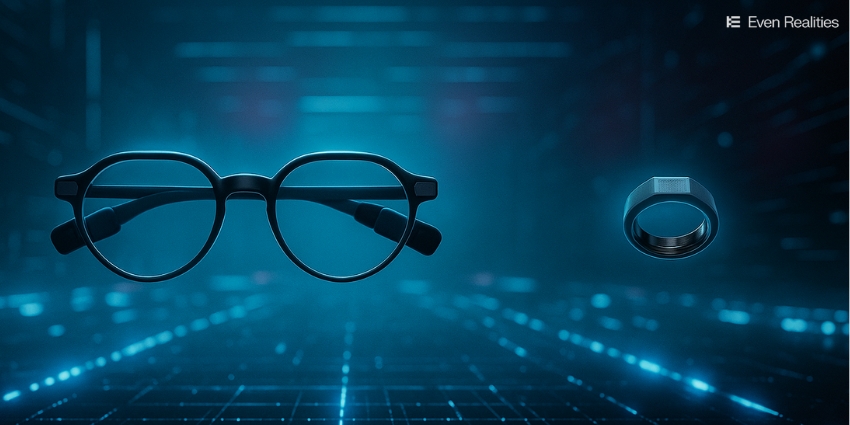Hyperspectral sensing solutions firm Spectricity announced on Tuesday it had launched a Series B round of fundraising valued at $16 million USD (€14 million).
The funds would allow the Belgian firm develop and mass produce its hyperspectral sensors for wearables, smartphones, internet of things (IoT) devices and other low-cost products.
Major investors such as AtlanticBridge, Shanghai Semiconductor Equipment and Material Fund (SSMEF), and Capricorn Fusion China Fund participated in the Series B funding round along with Series A investors XTRION and imec.xpand, totalling €20 million to date, the company said.
The fundraising comes roughly three years after a team of researchers from imec founded the company along with C-Suite execs Chief Executive Vincent Mouret and Chairman of the Board Pieter Vorenkamp.
Vincent Mouret, Chief Executive Officer of Spectricity, said in a statement:
“This is a major milestone for Spectricity and the deployment of our chip size hyperspectral sensor and imager solutions for mass market mobile devices and applications”
The new financing round would allow the company to “significantly accelerate” its high-volume manufacturing, hire workers, and expand partnerships, he concluded.
According to Peter Venbekbergen, Partner at imec.xpand, Spectricity was an example of “remarkable semiconductor innovation” in Europe based on his firm’s technologies.
Adding to Mr Venbekbergen’s comments, Luc Van den hove, President and Chief Executive of imec, added he was pleased to see Spectricity close its second round of funding three years after its founding.
He concluded:
“Spectricity’s products are based on unique imec technology, and we will continue to maintain a strong link between our R&D and Spectricity’s development to enable a lasting competitive edge for Spectricity’s products”
What Are Hyperspectral Sensors?
Hyperspectral Sensors enable devices to detect activities beyond the capabilities of the human eye such as oxygen blood levels, heartbeats, or skin hydration, among other functions.
Cosmetics firms are also using hyperspectral imagers to match skintones to beauty care products.
The United States Department of Energy has also used spectrometers to educate learners and recently added a virtual experience at its Savannah River Site to explain the device’s use.
According to Spectricity, its spectral sensing technologies are a world first for smartphones and wearable devices, and can significantly improve cosmetic, health, food, and other augmented reality (AR) applications for consumers.
The developments follow a paper in March this year, which revealed emerging chip-size spectrometers would jump to over 300 million chips per year by 2024.
A further report from Market Research Future found that the global portable spectrometer market was expected to top $2.7 billion by 2025 with a compounded annual growth rate (CAGR) of 10.29 percent.







